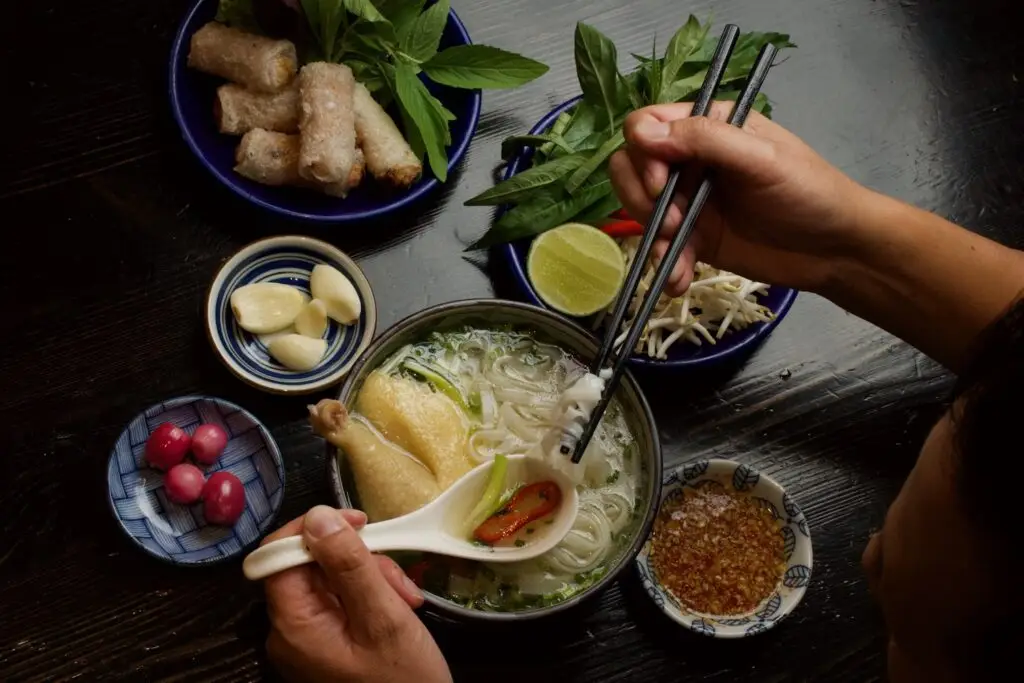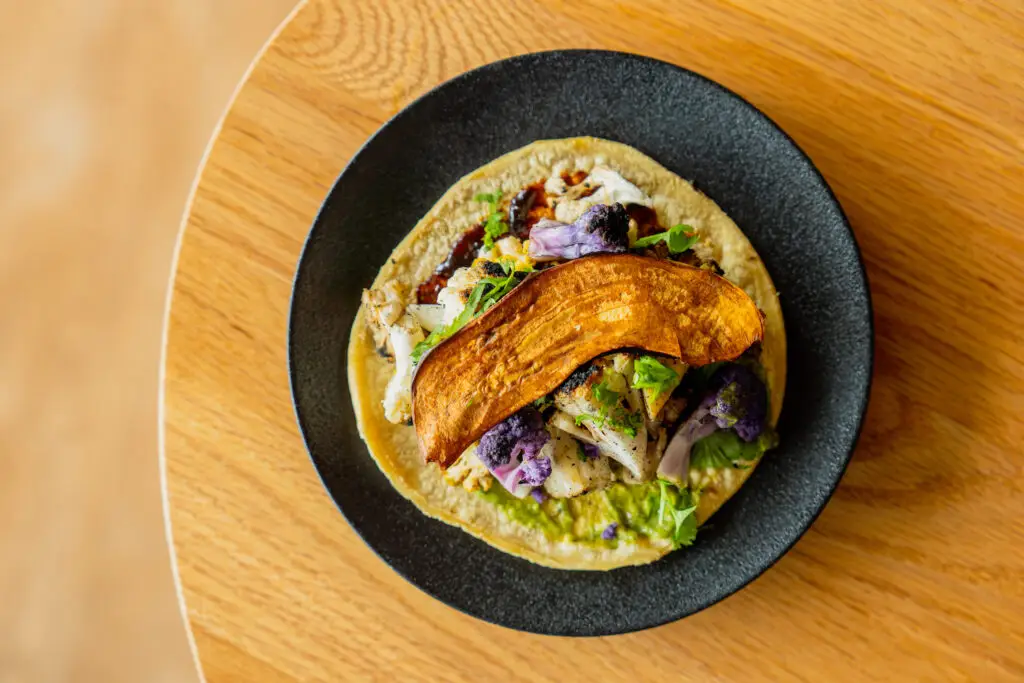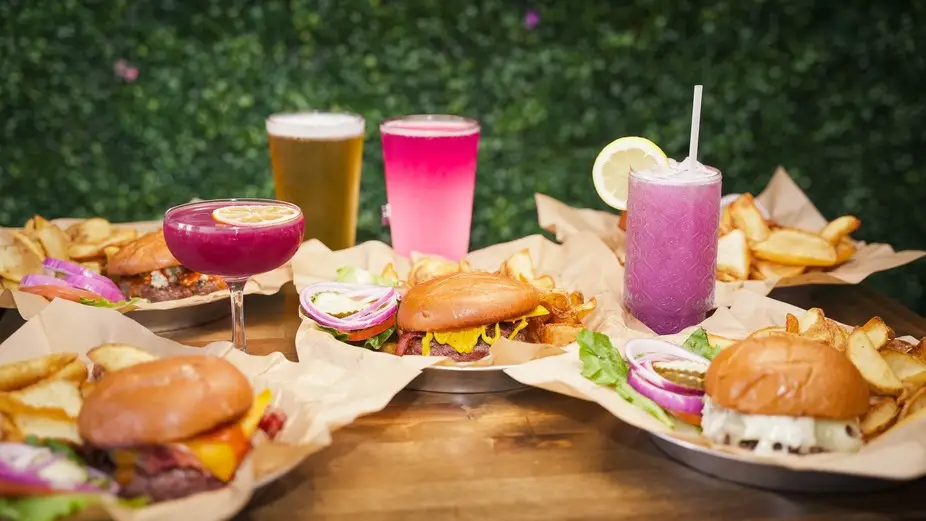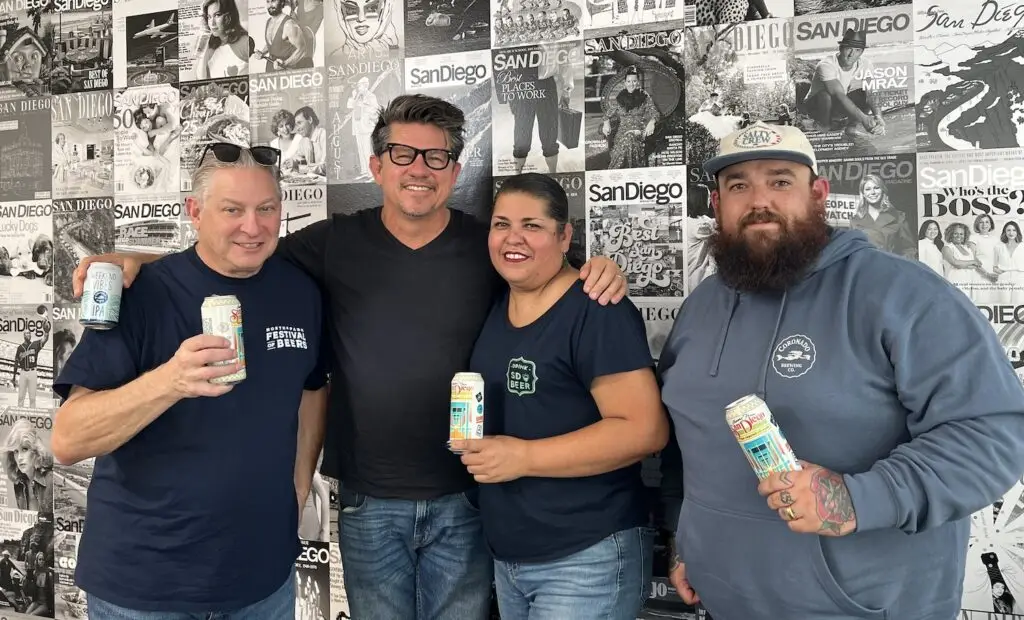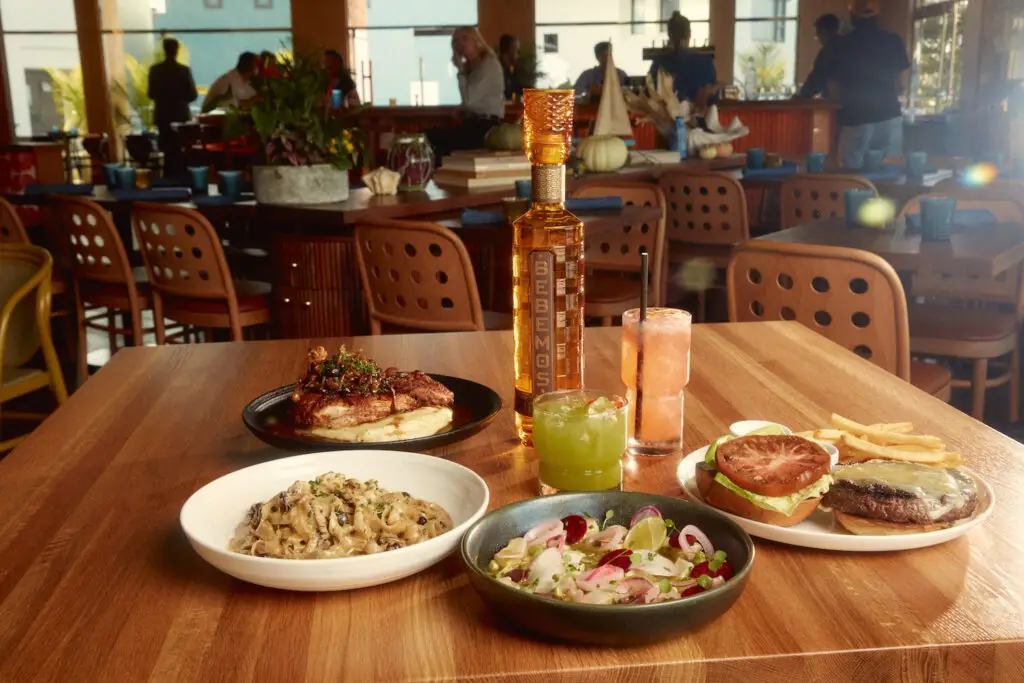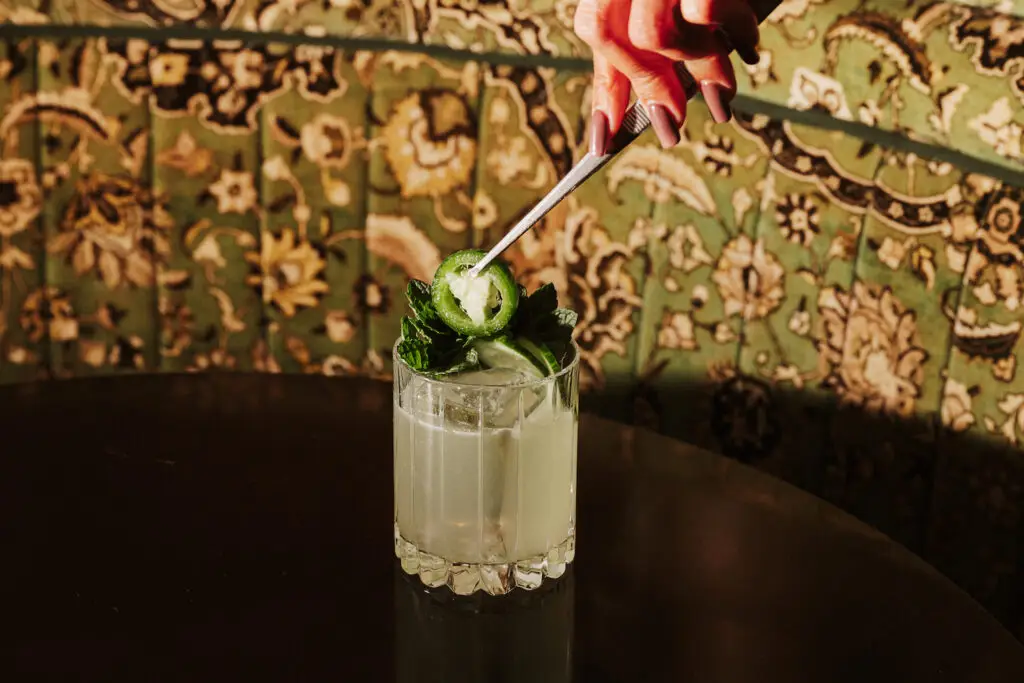The only constant, during the pandemic more than ever, is change. Most industries are going through their own hurts, but few have been torn to a structural level quite like the restaurant, food, and drink industry. After talking with restaurateurs over the last few months and researching the lasting effects on how we dine, cook, eat, and drink, here’s a short list of changes I see ahead:
Pedestrians Take Back the Streets
One of the silver linings of this has been the sidewalk and street-side dining via “parklets” across the US. San Diego is no different, with neighborhoods from Little Italy to downtown Chula Vista and Encinitas shutting down entire streets for pedestrians and outdoor dining. Once you let that genie out of the bottle, it’s going to be very hard to coax it back in. Urban planners have been suggesting this for decades—take back parts of the city from cars and give them back to humans. In my discussion a few months ago with now mayor-elect Todd Gloria, he said: “Every time we have reclaimed space from parking and given it back to people, it’s been a home run.” The absence of street parking could be offset by parking structures and ride-sharing services.
Diners Will Be Nicer
I’ve talked about this in the past. But with the advent of online review sites and social media, something happened to American diners’ sense of decorum, patience, and goodwill. Namely, we became intolerable ass-pains. Inflamed by our own sense of opinion-power, we demanded to speak to every manager in every restaurant about our infantile gripes. Or, rather, we didn’t even bother asking to speak to the manager to give them the opportunity to remedy the situation. We just huffed, puffed, and went home to write our digital excoriations. With restaurants struggling for their very existence, almost all restaurateurs I’ve spoken with have noticed a new humanity, a new gentleness. I think—hope, pray, emotionally project—that this civility carries into the restaurant experience even after COVID.
But People Will Dine Out Less
I spoke with a friend who’s been a devout restaurant-goer for decades. Rarely eats at home. His fridge is cheese, beer, and condiments. Ever since the pandemic started he hasn’t been able to dine out, and he watched what happened to his finances. Noticing how much he was saving by cooking at home, he scolded himself in a permanent way. Says he’ll be dining out less for the rest of his life. Google “how to save money,” and you’ll find a few hundred financial sites recommending not to eat at restaurants. Millennials spend the most money on eating out ($95/week on average). We’ll still eat out at restaurants because they’re vital to our community and face-to-face humanity, and we like having experiences and joy. (Not to mention they cook better than we do and they make great cocktails, while we resort to White Claw and vodkas at home.) But it will be less.
Men Will Cook More
The cooking abstinence of men is legendary, communicated by gender-normative stereotypes or just the simian appeal of a carne asada burrito. Men have taken a bigger interest in cooking every year, but women still do the bulk of it (51 percent of women are the sole cooks for their families, as opposed to 32 percent of men). Given the stay-at-home orders and people eating out less, single men have been forced to learn how to at least heat food, if not cook it. And when it comes to families, the all-hands-on-deck mentality of stuck-at-home life for sure means men are cooking more.
Third-Party Delivery Apps Will Be Forced to Ease Up on Restaurants
Much has been made about the excessively high (some might even say draconian) fees that third-party delivery apps charge restaurants (up to 30 percent of each order). In the past, restaurants either opted out or put up with it as a marketing sacrifice. After all, it wasn’t a huge part of their business. But when public health restrictions made delivery orders a major part of restaurant business, restaurateurs fought back. Some cities enacted restrictions on how much third-party apps could charge restaurants. Some restaurants started their own delivery fleets, using employees who might otherwise be out of work because the dining rooms were shut down. Alternative services that are more restaurant friendly are being developed.
Workday Food and Drink Is Going to Take a Huge Hit
A new Gallup poll shows that 33 percent of Americans are working entirely remote. And about two-thirds of them want to continue doing so when this crap is over. Working from home will have a big effect on the restaurant industry. Any time you are out of your home, you are a potential restaurant customer. How many times did you sneak a drive-thru combo meal, stop by a breakfast sandwich spot, grab a to-go coffee from your local coffee shop? Places like McDonald’s and Starbucks were built for the commuting audience. In June, Dunkin’ Donuts’ sales were down 15 percent; Starbucks’ were down 32 percent. How often did you not want to deal with packing a lunch and ate at the local burger joint or taco truck? Think about the little kiosk or cafe located inside an office building. Not everyone is going to keep working from home, but food and drink places counting on the working crowd are going to take a big hit in the post-pandemic, remote-work world.
Young Cooks Will Get Rare Opportunities
No one wants to get an opportunity this way, but that’s exactly what should happen. The morbid silver lining in the massive number of restaurant closures is that landlords will be very eager to fill their spaces. Rents should go down significantly, so the financial barrier to opening your own restaurant will also go down. Whereas a young cook used to have to spend their whole life savings to start a restaurant (plus the life savings of their closest family members), now maybe it’s just most of their life savings. They won’t have to pay for the cost of build-out (turning a space into a commercial restaurant site with air filtration, plumbing, grease traps, gas hookups, etc.). That particular optimism feels gross and depressing, but it’s optimism nonetheless.
Ghost Kitchens Will Explode
Ghost kitchens were already taking off before the pandemic. These are essentially commercial kitchens that may look like a restaurant online or on an app, but have no seats or room for guests because they’re delivery-only. Minimum-wage hikes were their primary driver; restaurant margins are slim, and with no actual guests, ghost kitchen operators don’t need to pay for servers, bussers, bartenders, or hosts. According to QSR magazine, SBE Entertainment Group is looking to open 138 more ghost kitchens before the end of the year.
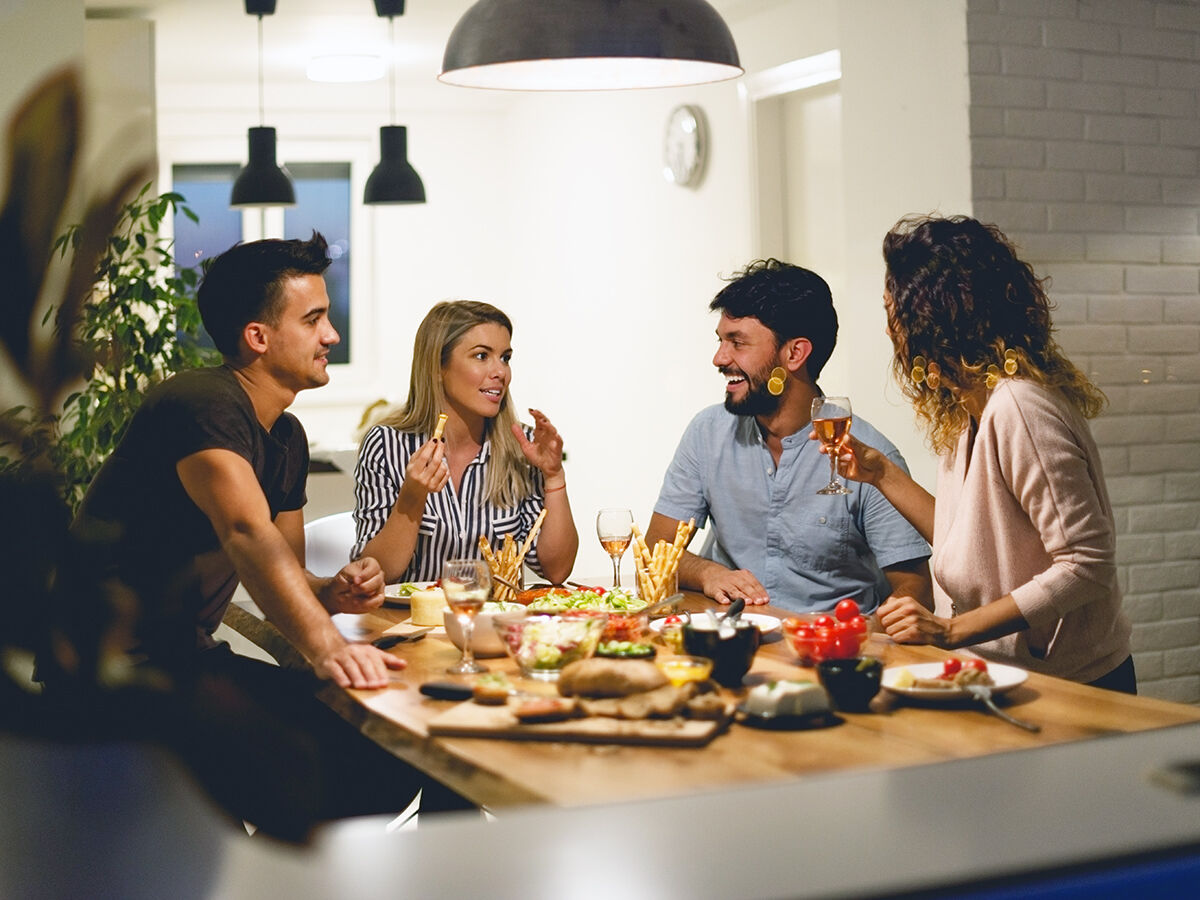
PARTNER CONTENT
One prediction is that people will dine out less in the coming years.
